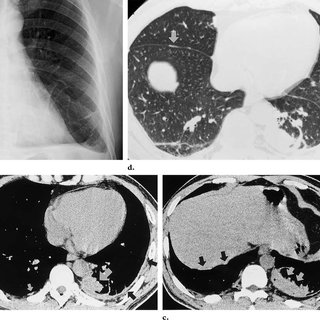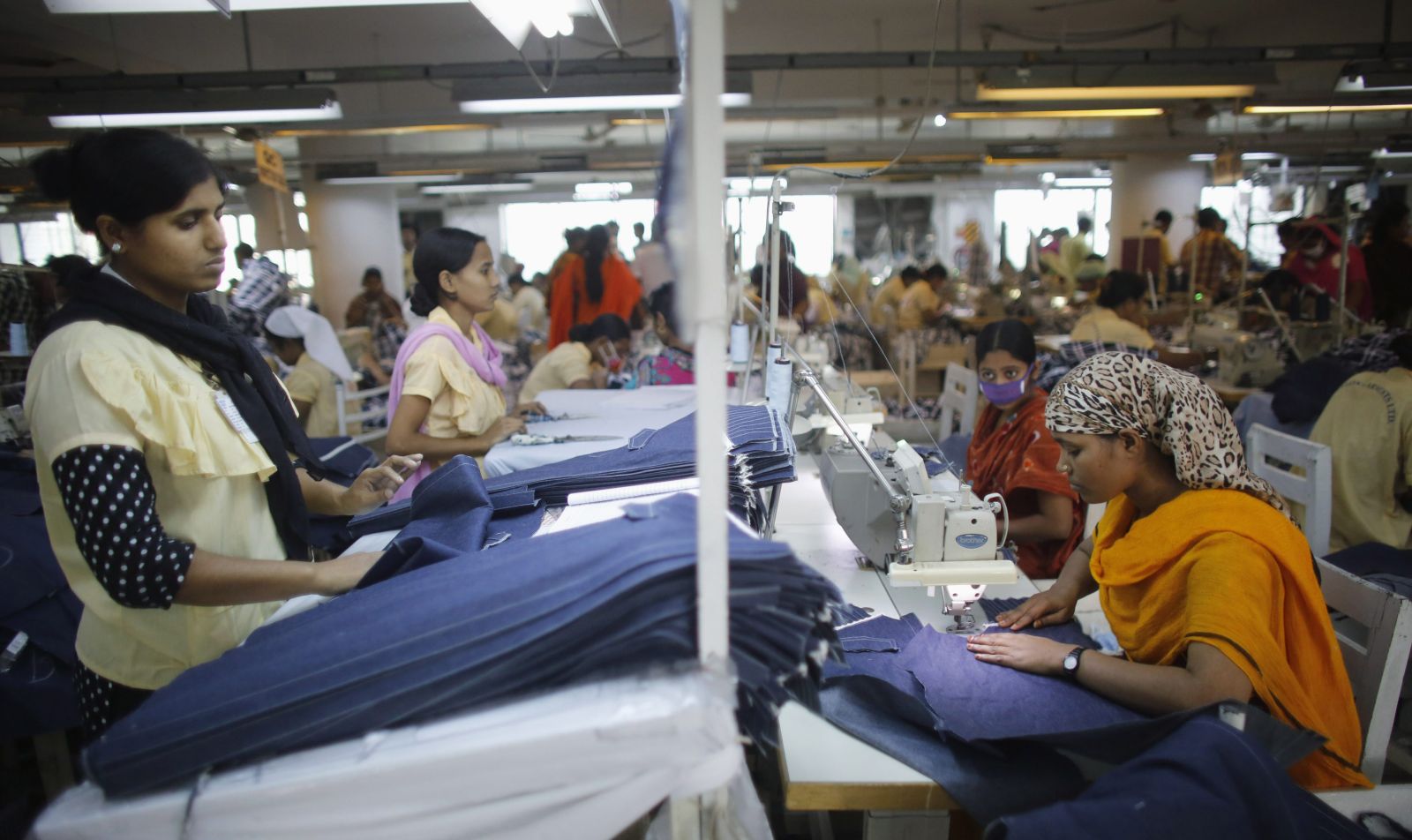The textile industries are facing many safety and health problems. In this Covid-19 situation, the problems are becoming more apparent. Especially when we think about the tragedy of Rana Plaza, we can understand how much the workers of Bangladesh suffering from this problem. There are numerous health and safety problems are present in textile industry. They include: exposure to cotton and other organic dust, exposure to chemicals and dyeing of materials, musculoskeletal stresses, exposure to noise, ergonomic issues. There comes the question, what is the main problem faced by textile industry? How did the textile mills affect the lives of workers? How will the textile industries get rid from this problem? This article tries to answer all these questions as much as possible to give an outlook about safety and health issues in textile industry.
Major Safety and health problems:
The textile industry consists of a number of units, which include spinning, weaving, dyeing, printing, finishing. There are several health and safety problems in textile industry but the major safety and health problems in textile industry can be classified as:
- Exposure to cotton dust
- Exposure to chemicals
- Exposure to noise
- Ergonomic issues.
Exposure to cotton dust:
The processing and spinning of cotton creates cotton dust and these dusts are exposed to particles of pesticides and soil. Firstly they all get into the air then into the lungs of workers and makes serious lung issues, the most common of these is ”brown lung”


Exposure to chemicals:
Especially the interaction of chemical dyeing for cleaning, finishing and softening process , are exposed to chemicals. These chemicals containing benzedrine, optical brighteners, solvent and fixatives,formaldehye, antimicrobial agents. Exposure to formaldehyde causes many diseases, including brain cancer, lung cancer,blood cancer. Not just the contact of chemicals with skin, the inhalation of chemicals can lead to several serious health effects.


Exposure to noise:

Exposure to high levels of noise is common in textile industries. Spinning and weaving industry are creating high noise level. This has caused hearing loss and other problems like sleep disorders, tension, weariness, non-appearance, inconvenience, change in pulse rate and blood pressure etc.
Ergonomic issues:
These issues are more common in developing countries, most of the workers are suffering from unsafe and unhealthy conditions for this cramped work environment with poor lighting and ventilation. Many garments workers suffer from musculoskeletal disorders, like carpal tunnel syndrome, lower and tendinitis, back pain, shoulder pain, neck pain.


Way to overcome the problems:
Health and safety at textile industry is the responsibility of both employers and employees. The workers must follow all safety rules to keep themselves safe. The following suggestions can be made to improve the health and safety of workers and the environment in textile industry:
- Machinery should be regular serviced and well maintained to reduce the noise levels, providing earplugs.
- There should be provided masks and safety gloves to handle chemicals.
- Ensure proper lighting and ventilation at the place of work.
- Well aligned tables and proper padded stools with backrest so that there is no musculoskeletal strain.
- Regular medical examinations should be conducted by the employers for the workers.
- Ensure proper fire safety measures and first aid kits.
- Provision of shift system and rotation of duties so that workers are not faced with continuous noise exposure.
Health and safety problems in Bangladesh:

The health and safety record of the Bangladesh garments industry is one of the worst in the textile world. According to the Bangladesh Fire Department 2012, in Tazreen Fashion factory at least 117 people were dead and over 200 were injured. Rana Plaza disasters killed more than thousand workers and injured many more. From this information, it can be understood how much the workers of Bangladesh are suffering in the security of health care. Even now Bangladeshi workers are forced to work in almost unsafe and unhealthy conditions.
Why is Bangladesh Garments Industry so unsafe?

The tragedy of Rana Plaza exposed the lack of safety of Bangladesh garments industry. The main problem has been structural. As the result of the rapid expansion of the industry, many factories are being established in former residential buildings, various building constructed for other purposes are being converted into factories, others have increased the machinery levels beyond the safe capacity of the building, again many factories are built quickly and as cheaply as possible. For all these reasons, Bangladeshi workers suffer safety problems including faulty electrical circuits, unstable buildings, inadequate escape routes and unsafe equipment. That’s why Bangladesh garments industry is so unsafe.
How to improve the health and safety issues in Bangladesh Garments Industry?
The Bangladesh Government and the garments owners need to take some steps to improve health and safety in Bangladesh garments industries. This included- increase focus on electrical inspections, developing a programme of inspections to check the building safety of garments industry. Set up a high-level investigative committee which would include representatives of employers, government, fire and safety experts, to investigate and monitor building safety issues, electrical issues, accidents issues at factories involving workers fatalities. The government should ensure the respect and right of the workers. The garments owners should ensure the fair wages of workers.
Way to stay away from COVID-19 in the textile industry:
The consequences of the COVID-19 epidemic are clearly visible and have long-term effects around the world. Most countries around the world have introduced lockdown and quarantine to reduce the spread of the virus. But industries have had to be kept open to keep the economic wheel of middle-income countries moving. The following steps must be followed by garment workers and garment owners to stay away from COVID-19: Wash had thoroughly and frequently with soap or hand wash, avoid touching mouth, face and surfaces in common areas, masks should be worn according to proper rules, establish efficient and safe wash management systems to keep the garments industry clean, set up body temperature measuring devices such as infrared thermometers, uphold 1.5meters of social distancing from other peoples, contact a medical professional if you feel unwell or shows symptoms of COVID-19 before entering the industry.
Conclusion:
Solving safety and health issues is very important for textile industry. And it is even more important for garment workers because more than half of Bangladesh’s economy depends on the garment industry. There are various health problems in the textile industry. It is essential that the management find the solution to protect the workers from critical situation. It is essential for the workers to identify and solve these problems. If these problems are solved then the garment industries of Bangladesh will be able to reach a better state.
References:
- https://www.fibre2fashion.com/industry-article/2554/safety-and-health-issues-in-textile-industry
- http://www.fairwear.org/covid-19-dossier-factory-health-and-safety-guidance
- http://www.dw.com/en/deadly-fire-rips-through-bangladesh-factory
- http://www.cleanclothes.org/hazards-workplace-pdf
- http://www.ijariie.com/heath-and-safety-hazards-caused-by-textile-industry-pdf
















